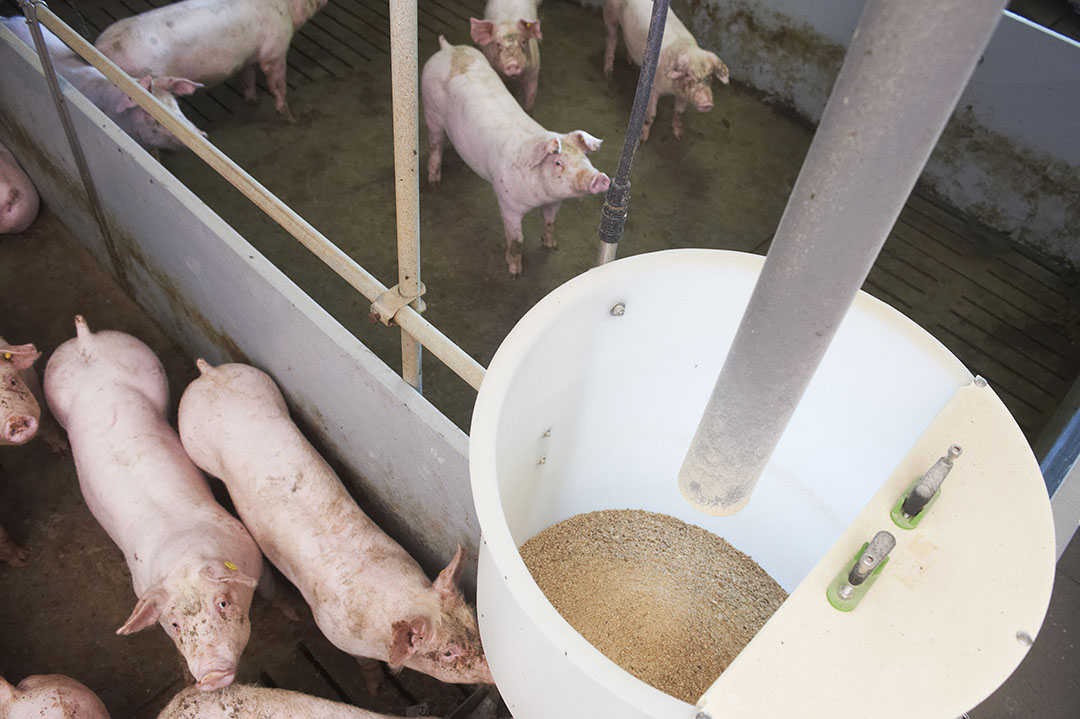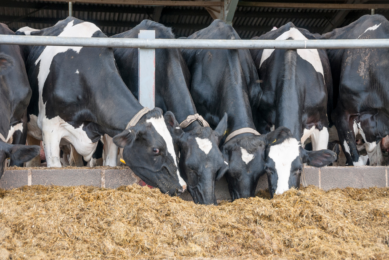More EU feed: Poland the biggest grower

The industrial compound feed production for farmed animals in the EU-28 in 2018 reached an estimated level of 163.3 million tonnes. This is 1.8% higher than in 2017, according to data provided by FEFAC members.
With regards to cattle feed, 2018 results were affected by adverse weather conditions. There were exceptional drought and heat waves, in particular during late spring/summer in North-Western Europe, which severely impacted forage production. This led to a significant but not dramatic increase in the compound feed demand. The demand for cattle feed in 2018 was 3.8% higher than in 2017.
Poultry feed statistics
Concerning poultry feed production, the overall production increased by 1.7%, mostly driven by the development of poultry production in Finland, Czech Republic and Poland recording a growth of approx. 5%. In certain countries like Germany, the demand for laying hens feed dropped dramatically (-4%). In France, the positive result (+1.7%) was to a large extent linked to recovery of the duck feed market (+14%) after a sharp decrease over the last 2 years due to Avian Influenza restrictions. The positive trend in poultry exports and sharp reduction of imports from Brazil contributed to support a positive momentum for the EU poultry sector and, therefore, an increased demand for commercial feed. EU poultry feed production remains the leading segment of EU industrial compound feed production, well ahead of pig feed.
Pig feed statistics
On the pig feed side, production remained stable in 2018, although Spain set another production record (10.7 million tonnes), and several Central European countries (Hungary, Poland, Slovakia, Bulgaria, Croatia) enjoyed growth by 3.5% and higher. On the opposite, a number of North Western European countries (the Netherlands, France, Denmark) have seen their production of pig feed fall by 2-3%.
Also read: 3% growth in compound feed in 2018
Poland – again the best performer
For the 5th year in a row, Poland was the best performing country, with annual growth of total compound feed production of +5.5%, boosted equally by the demand for poultry, pig and dairy feed. Among the largest compound feed producing countries, France and Italy maintained their production of compound feed, whereas the Netherlands and Germany recorded a drop of around -0.5%/-1.8%. Spain increased its production by 1.8%, while the UK saw an increase by almost 4%. Germany maintained its position as leading EU country in terms of total compound feed production, just ahead of Spain followed by France.
Also read: Feed extrusion: A way to increase efficiency
Market outlook for 2019
FEFAC market experts provide a cautious 2019 market forecast. Although an increase in cattle feed production could still be seen during the first months of 2019, the demand has been at a rather high level for the last 3 years, boosted by the abolishment of dairy quotas and difficult weather conditions that triggered a higher demand for efficient commercial feed. Concerning the pig sector, the reduction in the number of sows is set to continue in the first half of 2019, reflecting the additional pressure of welfare standards in certain countries. This is expected to weigh on the demand for pig feed with an anticipated reduction of 0.5%. The future demand for poultry feed in 2019 will be mostly conditioned by international trade and in particular the capacity of Brazil to recover its leading position on the global market.
*From 2016 on, FEFAC no longer includes dry petfood production in its statistics, considering that a large part of the production was missing in national statistics. The EU-28 countries are without Greece, Malta and Luxembourg.











